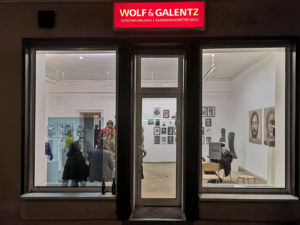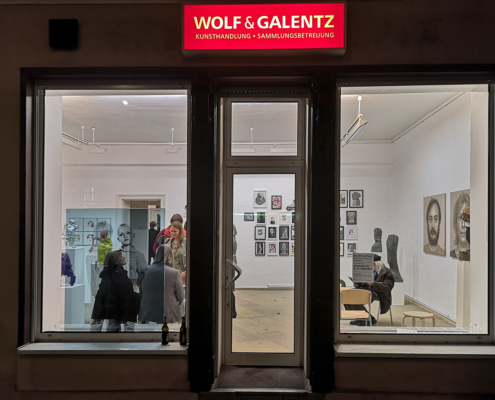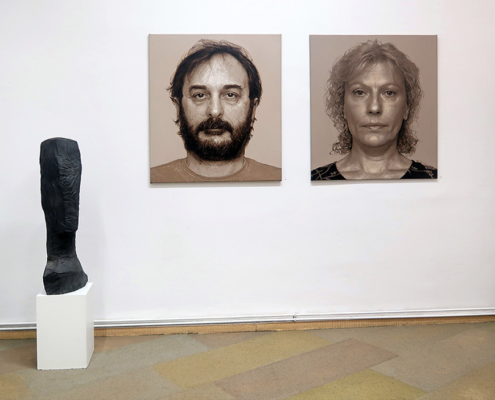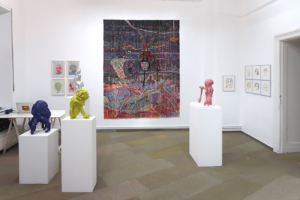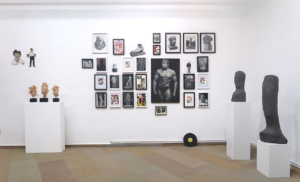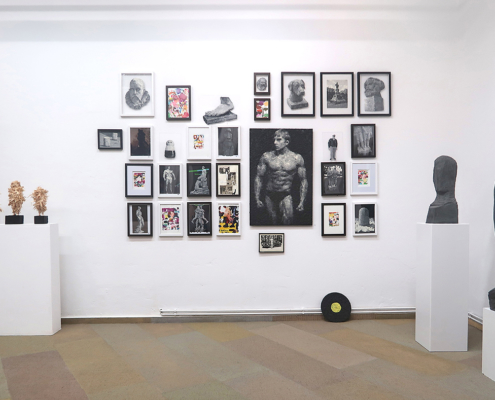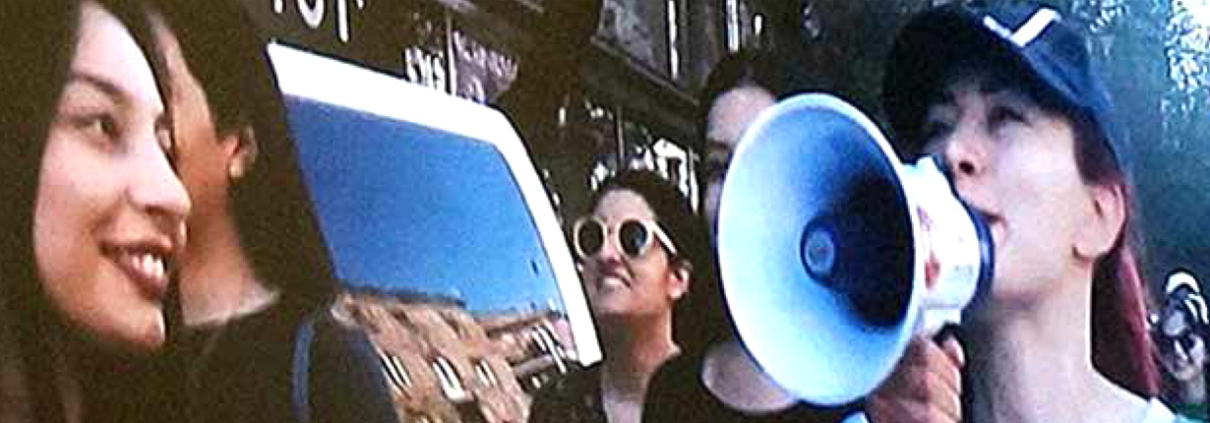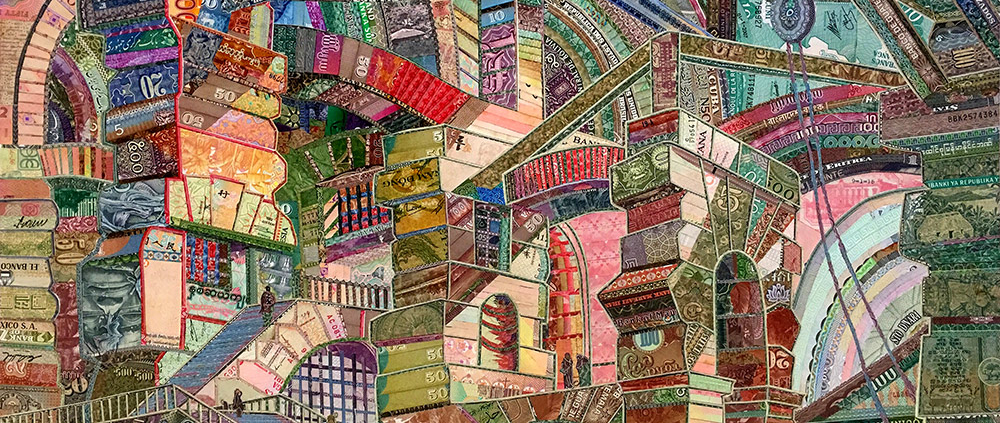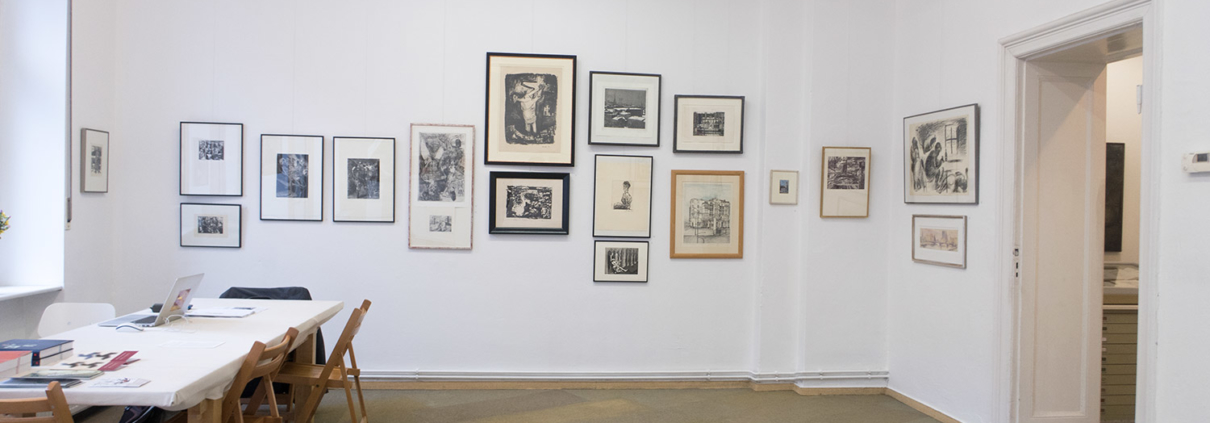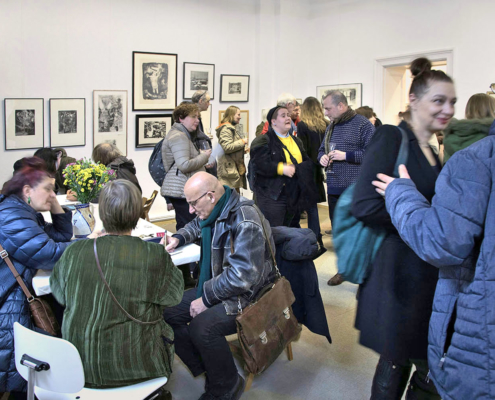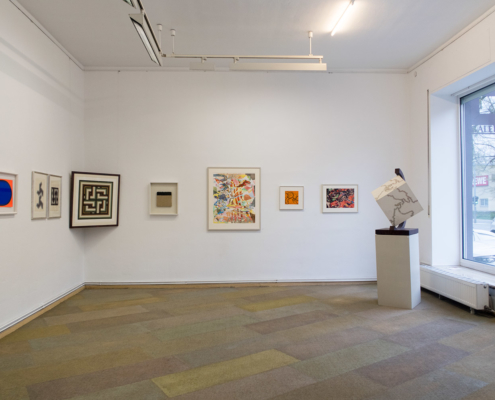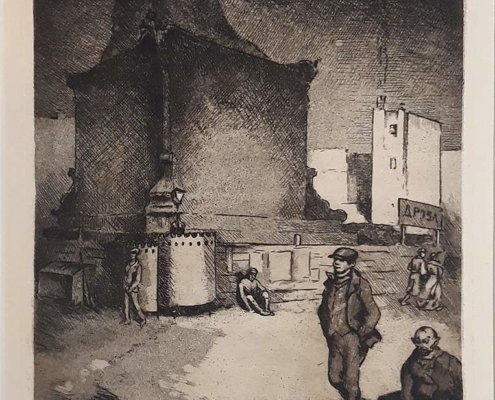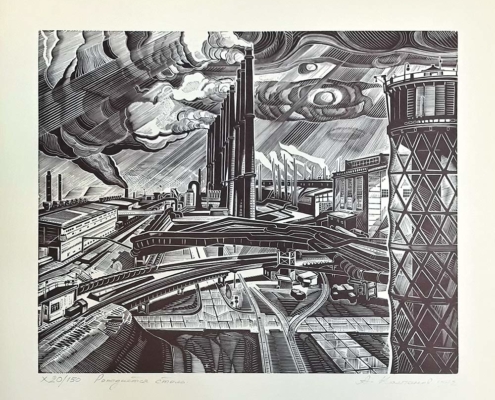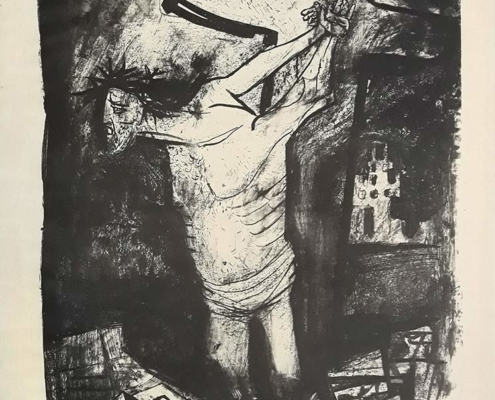We are very glad to announce that Susanna Gyulamiryan, curator of this year’s Armenian Pavilion at the Venice Biennale, has accepted our invitation to present the project “Dialogues about Revolution and Power. The Voice of Queer Feminist Activists and Scholars in Conjunction with Feminist Art from Armenia” at Wolf & Galentz Gallery in Berlin.
Archi Galentz, Andreas Wolf
Opening: 14. August, 7pm
Curator: Susanna Gyulamiryan
14 August – 15 September 2019
Dialogues about Revolution and Power
The Voice of Queer Feminist Activists and Scholars in Conjunction with Feminist Art from Armenia
Participants:
- Narine Arakelian
- Gayane Ayvazyan
- Ruzanna Grigoryan
- Lousineh Navasartian
- Anna Nikoghosyan
- Tamar Shirinian
- Lusine Talalyan
- Anna Zhamakochyan
Curator: Susanna Gyulamiryan
The project “About Revolution and Power” is dedicated to all the women who have been participants, initiators and organizers of political and civil protest, struggles and resistance in Armenia for more than two decades, the ones who have shaped and directed women’s movements, initiated queer feminist discourses and defined the developmental paths of the critical thinking in the country, where there is still no public recognition of women’s achievements. What women do and contribute to the country’s welfare is buried under patriarchal ideology and masculine hegemony, based on the idea of male supremacy.
The important feature of the project articulates Armenian female artists’ activism that moves in stride with political, civil, social and feminist movements. Meanwhile, political and feminist activism in turn borrows methods from artistic practices and applies them in its multimedia arsenal of performance, action art, manifests, graffiti, and so on.
Thе impulse towards politicization paved the way for highly motivated female artists, who gained strength and momentum to break out of the limited spaces designated to the field of art, and the ideas of autonomy, political commitment, and enthusiasm for appropriating streets and public spaces were promoted and nurtured. A fresh direction lies in the cooperation of the political and the aesthetic, female artists and feminist activists who, together, do not hesitate to act and campaign against injustice and inequality in the country and who develop concepts and actions to encourage political and social reforms in Armenia.
One part of the project presents the video series entitled “Dialogues about Revolution and Power,” which consists of critical reflections and artistic manifestations by female experts, scholars, and queer feminist activists from Armenia – Gayane Ayvazyan, Ruzanna Grigoryan, Anna Nikoghosyan and Anna Zhamakochyan – on the topic of the 2018 Armenian revolution, which, according to one of the participants, was rather a regime change than a revolution.
In pair with the video documentation of artist Narine Arakelian’s reenactment of the notorious women’s civil disobedience action “Cast Iron Pots and Pans” in the public spaces of Venice, engaging over 50 women volunteers, the above mentioned “Dialogues” make up the most important part of the Armenian Pavilion of the 58th International Art Exhibition, La Biennale di Venezia (2019).
The entire project of the pavilion curated by Susanna Gyulamiryan is an artistic and analytical representation of the Armenian revolution of 2018. It brings together artists, scholars, and activists to reproduce the revolutionary events and reflect on them.
The dynamics of the development of women’s and feminist movements starting from the early Soviet period until the post-Soviet 1990s, reviewing the role of these movements in the context of their “negotiations” with the authorities and state institutions is presented by Tamar Shirinian – scholar and specialist on Women’s and Gender Studies.
Artist Lusine Talalyan presents her feminist call that “woman is owner-less,” as well as the arm-less image of monumental statue of Mother Armenia during a shame-less orgasm. (The statue of Mother Armenia in Yerevan is an image of a masculine woman with a sword in her arms. This kind of patri-archaic presentation through certain formal and stylistic attributes is a symbol of power, and some researchers call this kind of creature “matri-archaic”).
The two graphic works by Lusine Navasardyan are about the consequences and “wounds” of the ideological and physical struggle of the Armenian civil activists.
Alongside the exhibition, Soviet Armenian painter Armine Galentz’s series of women’s portraits will be presented. Including this series is, among other things, a tribute to Armine Galentz’s life and artistic path, in which a variety of gender conflicts was closely intertwined with gender struggles. In contrast to other Soviet Armenian woman artists, Armine Galentz did not hesitate to describe in her memoirs the dominating posture of masculinity and its methods of subjugating women in art.
The project does not claim to demonstrate the whole power of women’s movements in Armenia nor the complete history of feminist manifestations in art and activism. It however articulates the viewpoint that in recent political life of Armenia, women’s movements and queer feminist activism in conjunction with feminist art have been among the most dynamic, decisive, and effective processes in the country.
Biographies
Narine Arakelian (Russia –Armenia) is an artist, whose works represent a synthesis of visual and performing arts, using the newest digital technologies. Social justice and gender issues are key subjects of her artistic research. She has graduated from the Fine Arts Department of the Surikov State Institute in Moscow. For the period of 2015-2016, Arakelian received an internship at the Digital Arts Department of Los Angeles Academy of Fine Arts. Arakelian has participated in different international exhibitions within the 57th International Art Exhibition, La Biennale di Venezia (2017), Manifesta XII (2018) as well as had a series of personal exhibitions in Moscow, New York, and Venice. Arakelian’s public performance titled “Cast Iron Post and Pans” is part of the Pavilion of Armenia at the 58th Internatioal Art Exhibition, La Biennale di Venezia (2019).
She is a general member of the Russian Union of Artists. Her works are kept in private collections in England, France, Greece, USA, Switzerland and Russia.
Gayane Ayvazyan (Armenia) graduated from Dep.rtment of History at Yerevan State University (Bachelor, Master’s, PhD). In 2010-2011 Ayvazyan worked at the Chair of Armenian History at YSU. Since 2011 till now she works as senior researcher at the Institute of Ancient Manuscripts “Matenadaran.”
Ayvazyan worked as a researcher at Blagoevgrad Neofit Rilski (Bulgaria), Shehir (Istanbul, Turkey), Graz (Austria), Bilkent (Ankara, Turkey), Louvaine Catholic (Belgium) Universities. She participated in a number of conferences in Yerevan, Aghveran, Batumi, Graz, Thessaloniki, Michigan, Alma Ata, etc.. Ayvazyan is a national coordinator of the project “Knowledge Exchange and Academic Knowledge in the Black Sea Region” and “Traveling to the Black Sea Region” (Horizon 2020). She is author of a numerous articles and textual analysis.
Susanna Gyulamiryan (Armenia) is a curator and art critic who has initiated and implemented numerous exhibitions, research and educational programs in Armenia and internationally. Sussana Gyulamiryan has been a member of the International Association of Art Critics (AICA– Armenia) since 2006, and currently serves as President of the non-governmental organization Art and Cultural Studies Laboratory, which she co-founded in 2007. In 2008, she also initiated the “Art Commune” International Artist-in-Residence Program in Yerevan. She has over a decade of experience as a lecturer in Cultural Studies, Gender Studies and Feminist Art (Theory and Practice) in the Fine Arts Department at the Armenian Open University (Internatioal Academy of Education). She also implemented a master’s program in Gender Studies in the Department of Cultural Studies at Yerevan State University.
Gyulamiryan has made substantial contributions to the academic and curatorial literature surrounding feminist art, Soviet-Armenian women’s art, art and power, and the art of social and political engagement. From 2007 to 2009, she served as a contributing editor at CinemArt, a journal on cinematography and contemporary art. Most recently, she edited and published a collection of texts titled “Dialogues with Power” (2019).
She is the winner of the award for the best curatorial project of the Pavilion of the Republic of Armenia at the 58th International Art Exhibition, La Biennale di Venezia (2019).
Anna Nikoghosyan (Armenia) is a queer feminist scholar and activist. She holds an MA on “Gender, Sexuality and Culture” from Manchester University, UK. Nikoghosyan is a lecturer at Yerevan State University where she teaches “Gender and the Media” module. She co-founded a feminist library called “FemLibrary Armenia” which is a place for feminist knowledge production, education, organizing and resistance. Nikoghosyan is the author of several academic and journalist articles about feminism, queerness, critique of neoliberalism and militarization which have been published on regionally and internationally and translated into several languages.
Lousineh Navasartian (Armenia – Iran) is an artist and graphic designer. She graduated from the Yerevan State Academy of Fine Arts and studied a course on theory and practices of contemporary art the Institute of Contemporary Art (ICA), Yerevan from 2010 to 2012.
In 2014, 2017 and 2019, she has participated in the Annual Festival of Alternative Arts initiated and organized by the Armenian Center for Contemporary and Experimental Art in Yerevan.
Navasartian has co-curated and designed a number of art exhibitions in Armenia.
Tamar Shirinian (USA-Armenia)
Tamar Shirinian is currently a Postdoctoral Fellow in the Department of Anthropology at the University of Tennessee in Knoxville, Tennessee, United States. Her current book project, Survival of a Perverse Nation: Queer Transformations in Postsocialist Armenia, investigates the widespread rhetoric of sexual and moral “perversion” in everyday life. She has edited a special issue of Armenian Review entitled “Queering Armenian Studies” and published on issues such as queer geopolitics, queer spaces and practices in Armenia, and fake news as an emergent form of radical possibility.
Anna Zhamakochyan (Armenia) is a sociologist and media discourse researcher for whom the studies and criticism on media and ideology is useful tool for social changes.
Professional interest of Zhamakochyan also encompasses the field of contemporary art and curatorial activism in Armenia where she experienced in several exhibitions and art events.
Zhamakochyan is the president and co-founder of the non-governmental organization Socioscope. The working team of the organization designs and implements research and educational projects on civil society processes and activism, sexuality and gender.




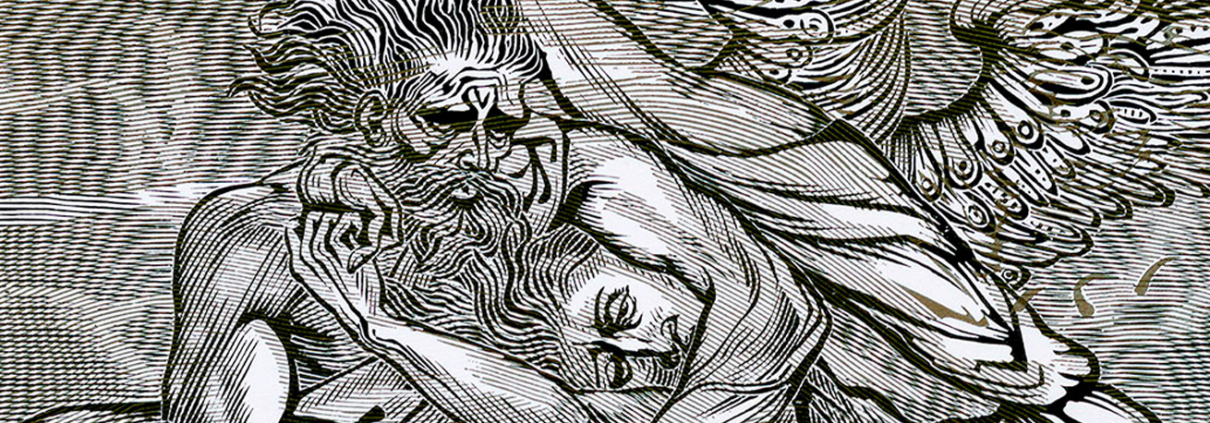

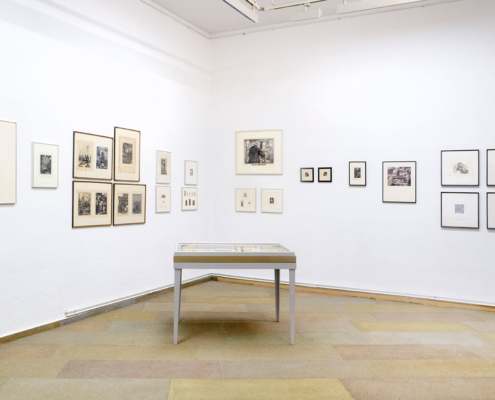
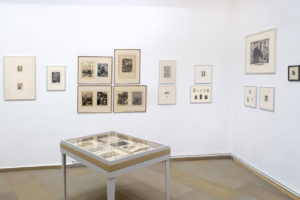

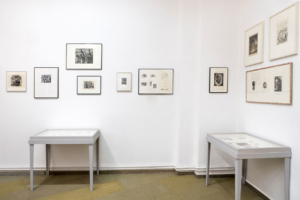

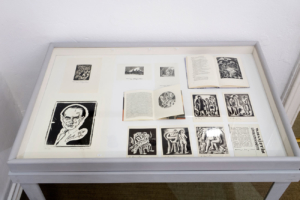
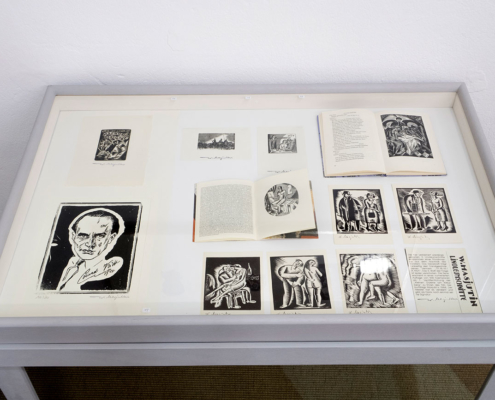


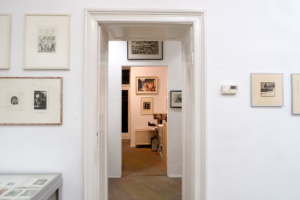


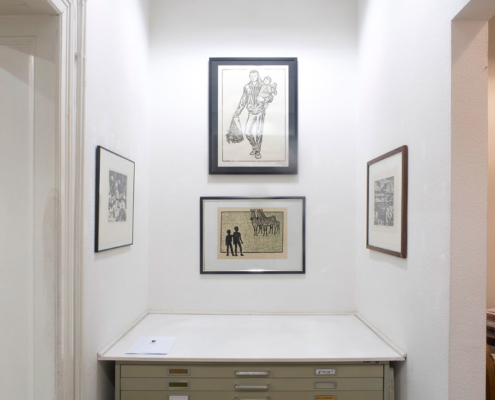
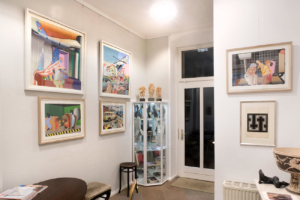
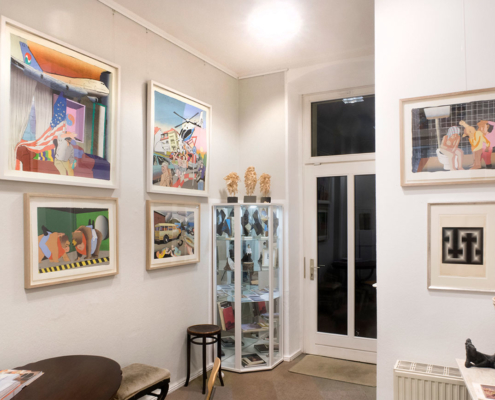

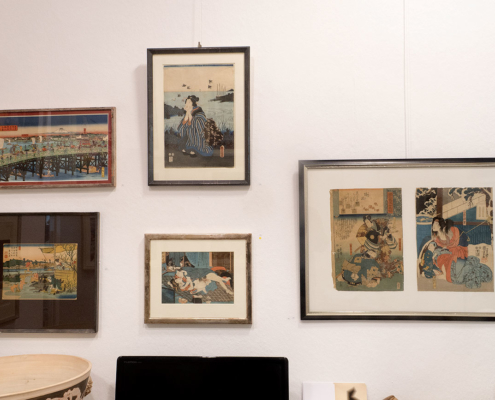




 Mileta Poštić
Mileta Poštić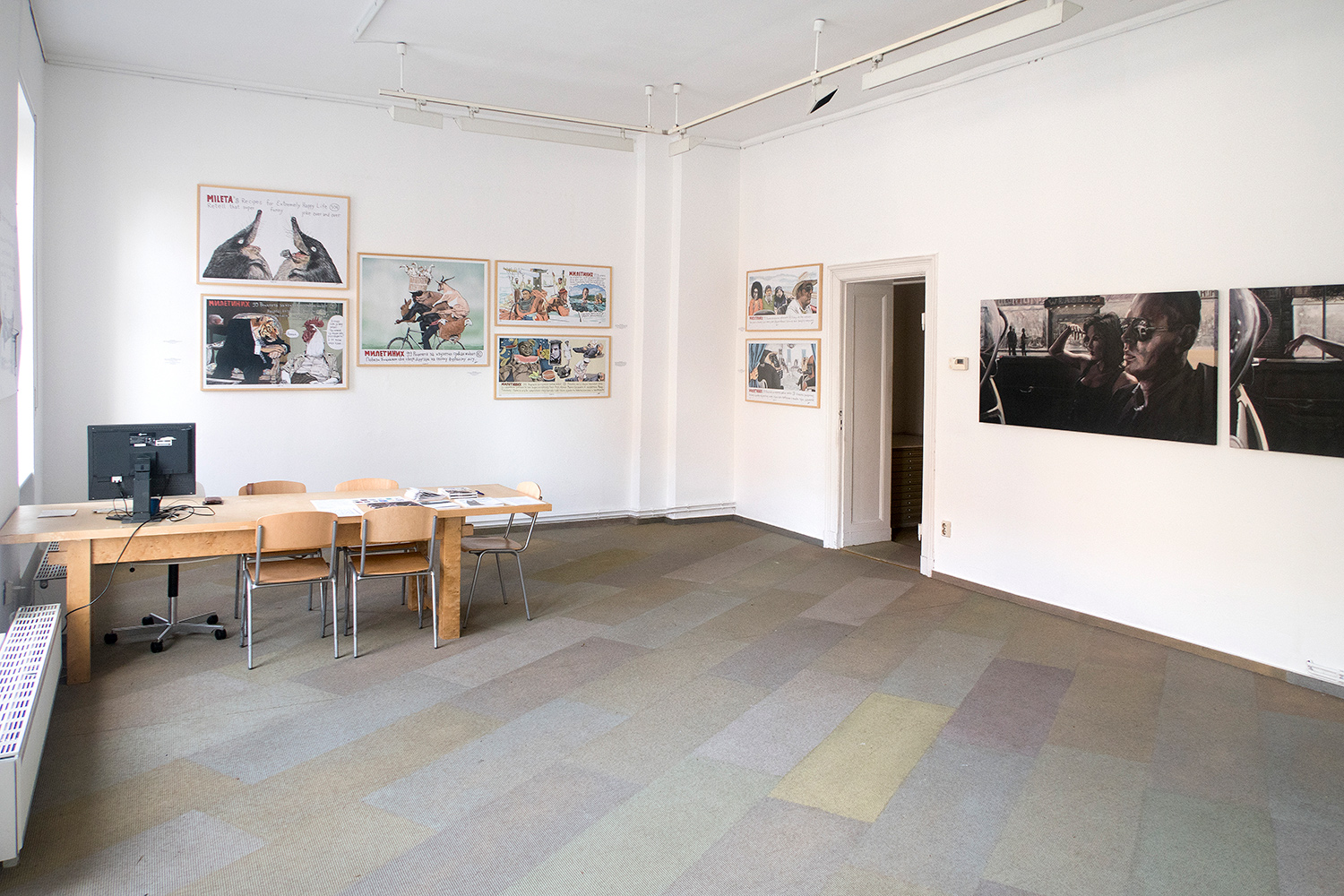
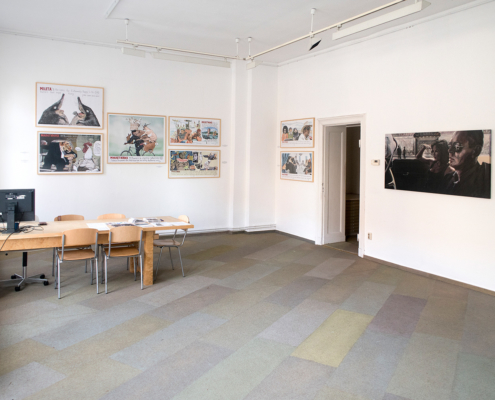


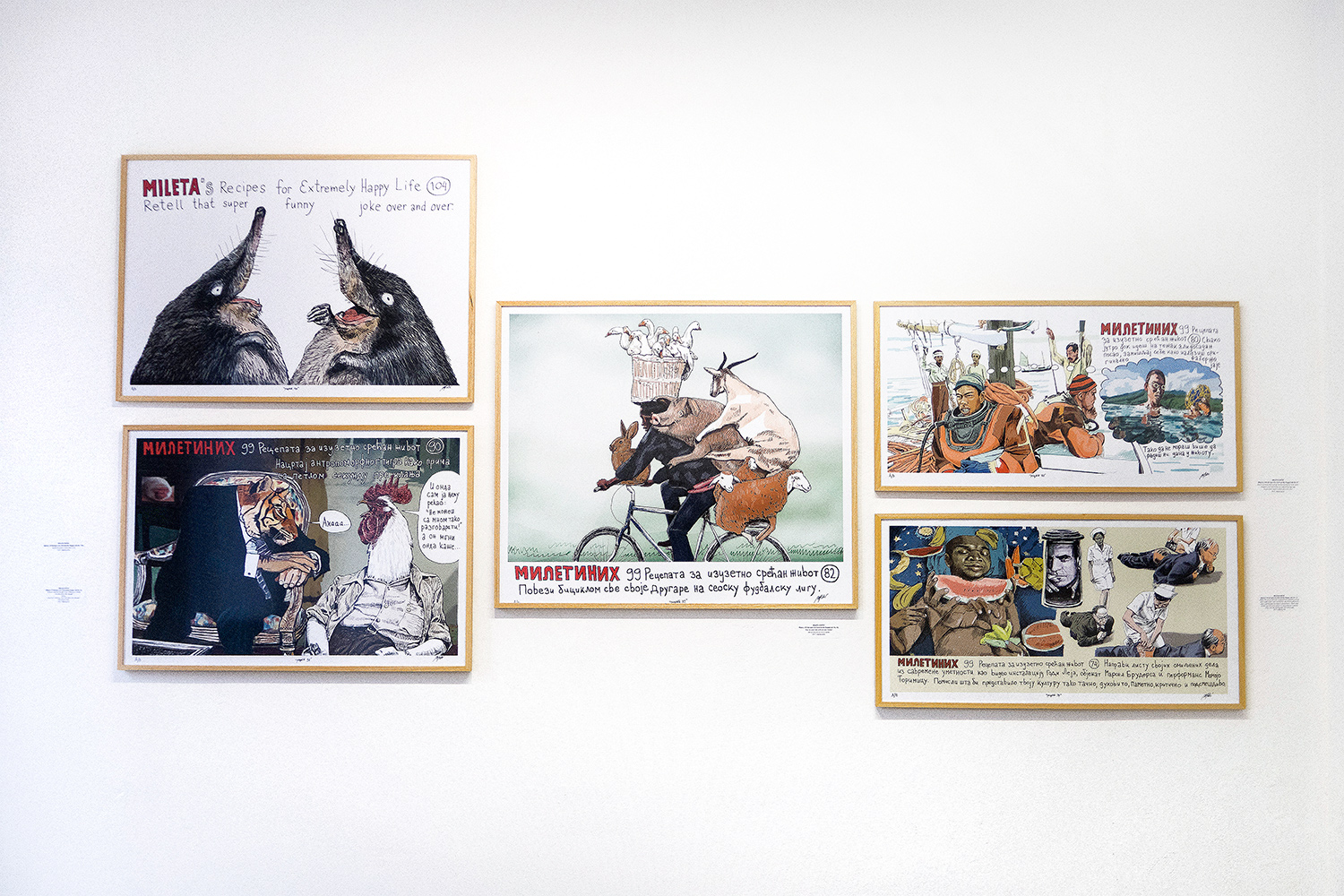
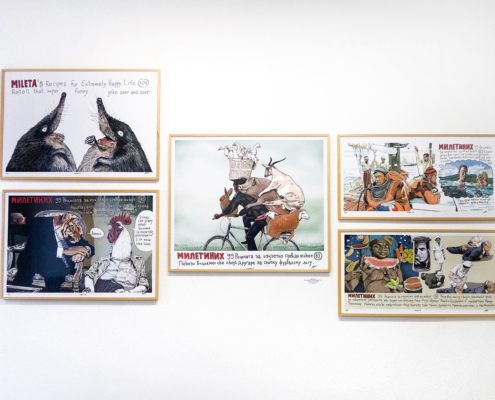

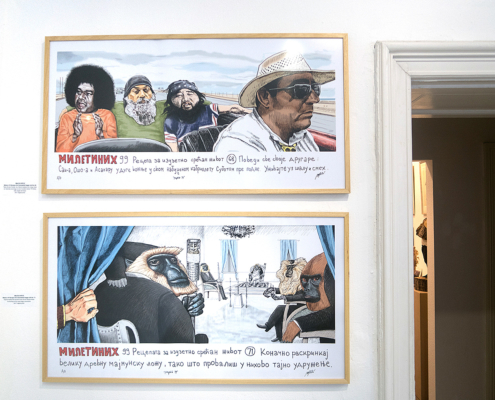

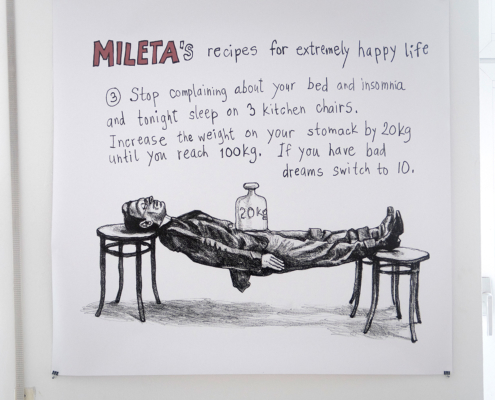
 Wolf & Galentz
Wolf & Galentz
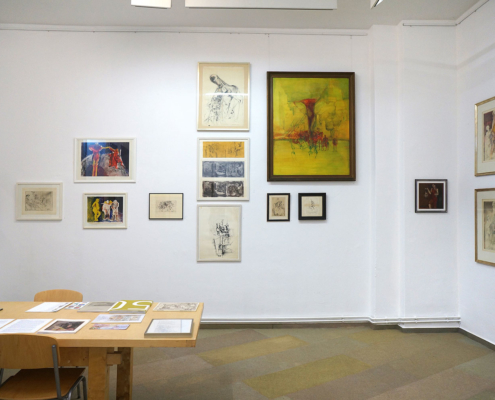
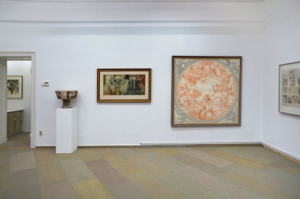
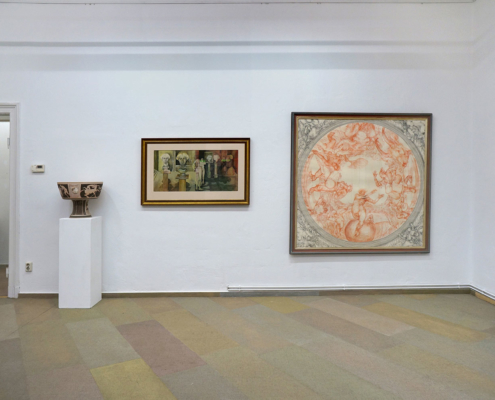
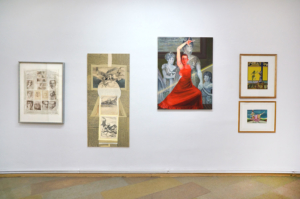
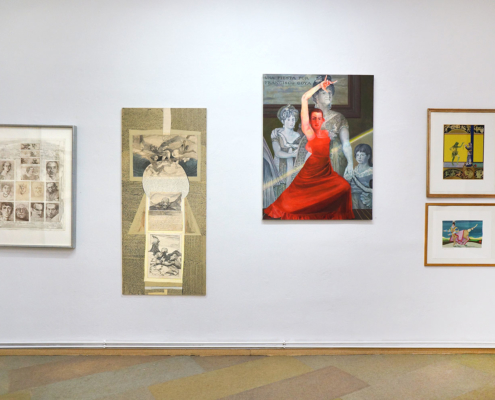

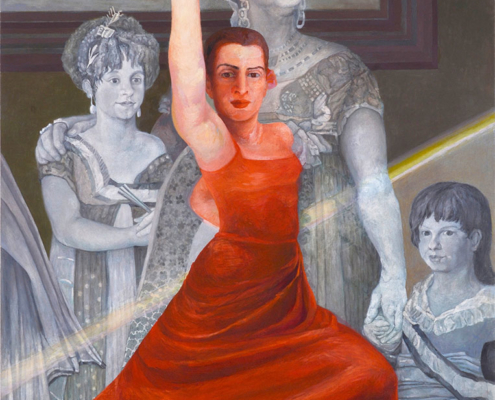


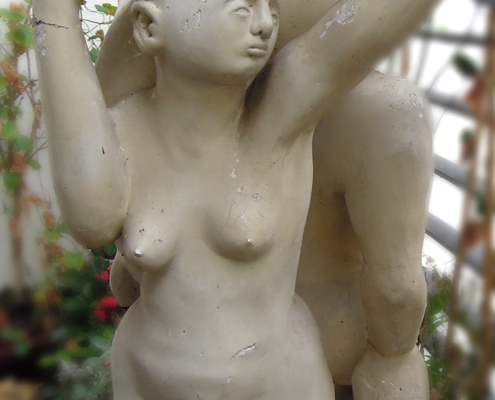
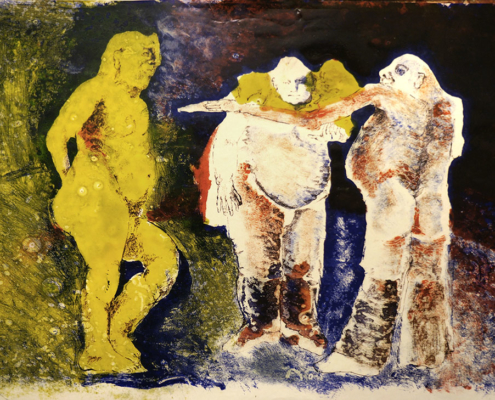
 Fritz Stier
Fritz Stier